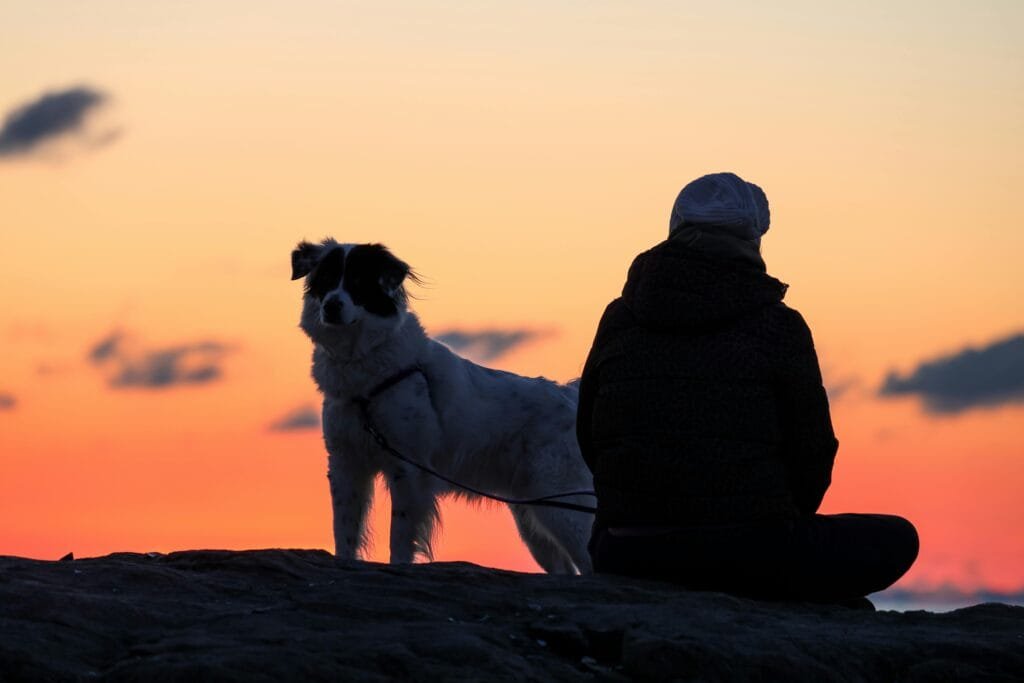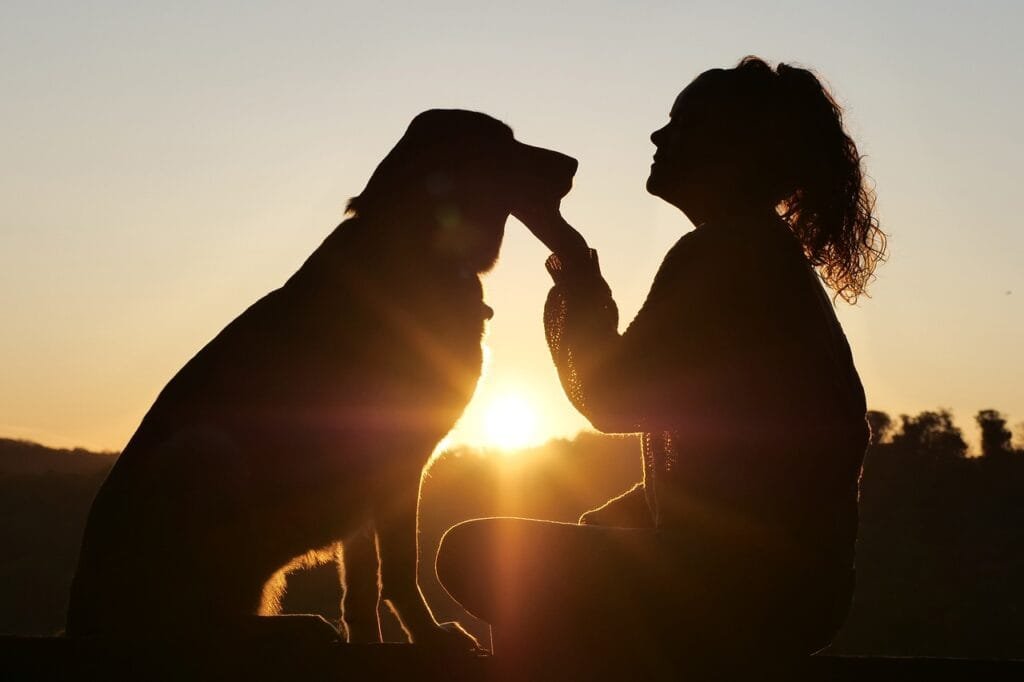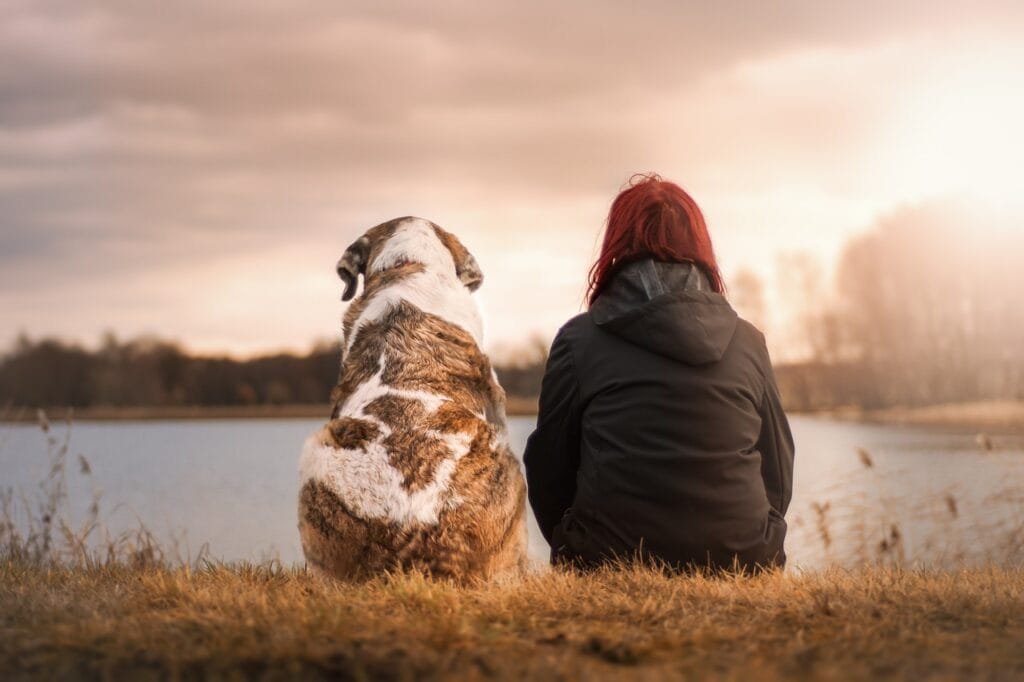Socialization done right: What it is (and what it isn’t)
Many people think dog socialization just means letting puppies play together at the park. While play is important, real socialization is about much more. It’s about helping dogs feel comfortable and confident in the world around them, including people, places, sounds, surfaces, and situations they’ll encounter throughout their lives.
Puppies go through a critical socialization period between 3 and 14 weeks of age. During this time, their brains are highly receptive to learning about what’s safe, fun, and worth exploring. But socialization isn’t only a puppy thing, it’s a lifelong process. Even adult dogs benefit from ongoing positive exposure to new situations.
Quick takeaways
- Dog socialization builds comfort and confidence, not obedience
- The critical window lasts from roughly 3–14 weeks, but learning never stops
- Positive, gradual exposure prevents fear and creates resilience
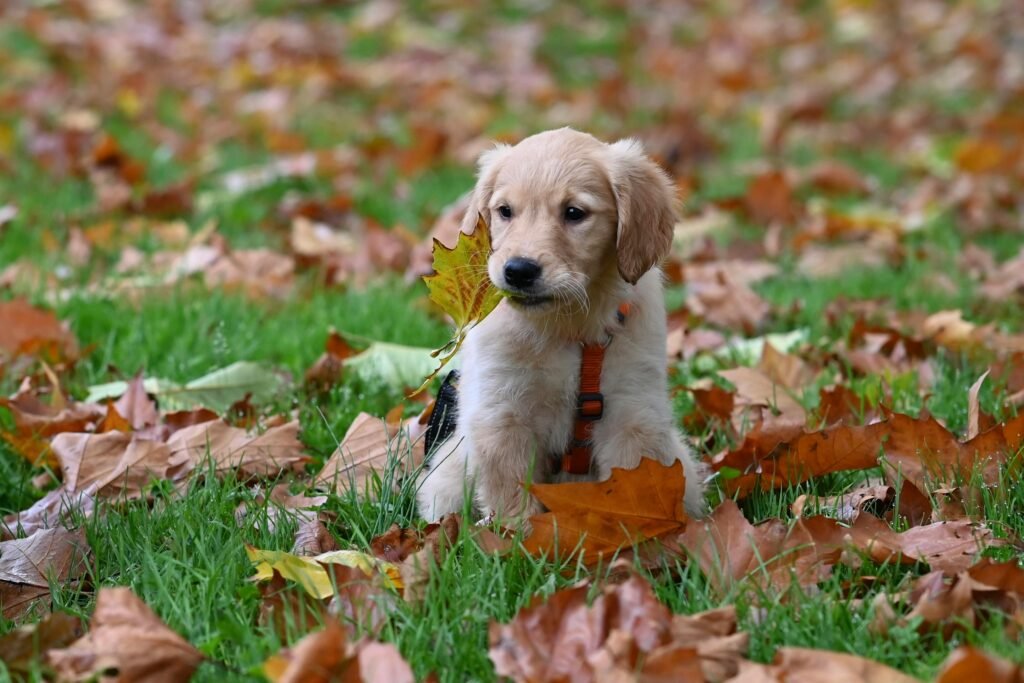
What socialization really means
A well-socialized dog isn’t just “good with other dogs.” They’re comfortable navigating daily life like meeting new people, walking on different surfaces, hearing unexpected sounds, and being handled for grooming or vet visits.
Think of socialization as teaching your dog that the world is safe. Every sound, sight, or sensation becomes an opportunity to learn “this is okay.” That comfort helps prevent anxiety, reactivity, and avoidance later in life.
Some examples of positive socialization experiences include:
- Meeting people of different ages, clothing styles, and energy levels
- Exploring varied environments like quiet parks, pet-friendly stores, or busy sidewalks
- Hearing household and city noises such as doorbells, vacuums, or sirens
- Walking on new textures like gravel, metal grates, or slippery floors
- Being touched gently on paws, ears, and tail
Socialization is about quality, not quantity. Ten calm, positive encounters are far more valuable than fifty rushed or stressful ones.
The early and critical socialization periods
The first few months of a puppy’s life are when social learning happens fastest. Experiences during this stage shape how your dog will respond to the world as an adult.
Between 3 and 14 weeks, puppies form opinions about what’s safe, interesting, or scary. Breeders play an early role by introducing gentle handling, household noises, and new objects. When puppies go to their new homes (usually around eight weeks) guardians take over that responsibility.
Dr. Ian Dunbar often reminds us that early exposure doesn’t mean throwing a puppy into chaos. It means controlled, positive experiences that build curiosity, not fear. He recommends that puppies meet at least 100 different people by the time they’re 12 weeks old to reduce fearfulness and build confidence in new situations.
If you want a structured way to track experiences, Belle & Bark’s Free Dog Socialization Checklist helps you plan calm, confidence-building activities week by week.
Want an easy way to track your dog’s progress?
Get the Free Dog Socialization Checklist, a simple, printable guide that helps you plan calm, positive experiences at your dog’s pace. Focus on small, confidence-building wins to make learning enjoyable for both of you.
Socialization beyond puppyhood
That early window is important, but confidence isn’t something you finish once and check off. Dogs continue to learn throughout life, and those experiences shape how they handle novelty and stress.
Even well-socialized puppies can grow into anxious adults if their world becomes small — the same park, the same people, the same routine. Regular exposure to new environments, surfaces, and people keeps dogs adaptable and mentally engaged.
You don’t need to overwhelm your dog with constant novelty. Small, positive challenges like a walk down a different street, a visit to a friend’s home, or practicing calm behaviour around children all build resilience.
This is also how we prevent regression during adolescence, when many dogs experience a second “fear phase.” More on that below.
Fear periods: What to expect
Most dogs experience two developmental fear stages where they become suddenly cautious about new or even familiar things. Recognizing these helps you avoid setbacks.
- First fear period (around 8–12 weeks): Puppies may startle easily or avoid new objects. Keep experiences positive and brief.
- Second fear period (6–14 months): Adolescent dogs might suddenly act fearful of things they previously ignored, like strangers or plastic bags on the sidewalk. This is normal, not defiance.
During these stages, go slow. Avoid pushing your dog toward scary things or forcing interactions. Reward calm curiosity instead. Research on stress and learning shows that punishment suppresses behaviour, without addressing the cause, and can make fear worse. Studies comparing reward-based and aversive methods, like this research on canine training outcomes and this study on the effects of aversive training, confirm that positive experiences are the key to confidence.
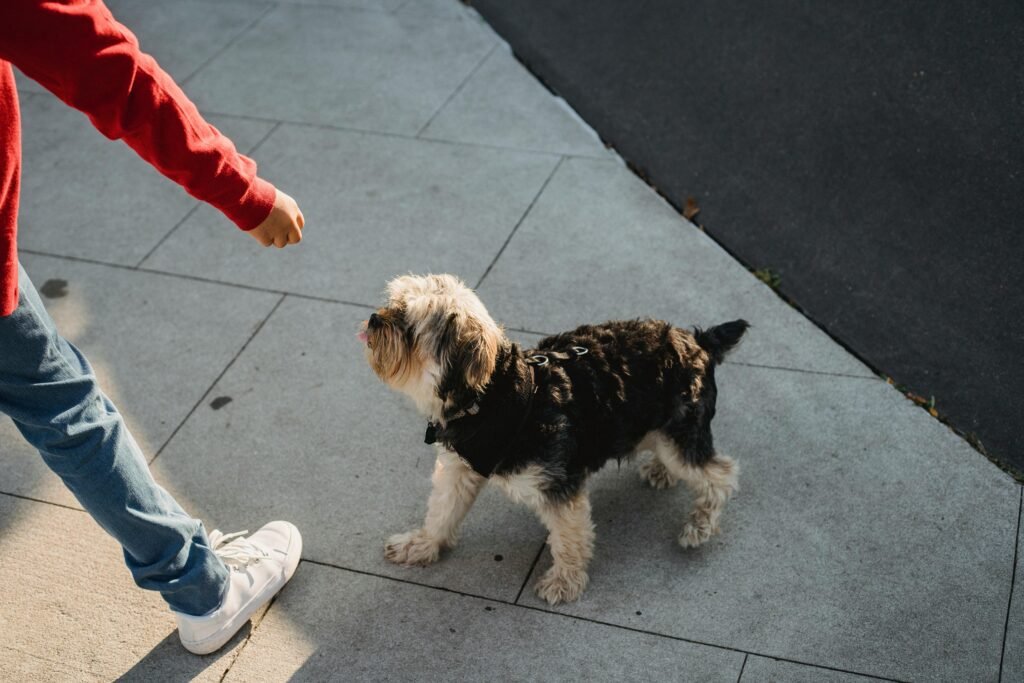
How to socialize your dog the right way
Socialization should be calm, intentional, and focused on helping your dog feel safe. Here’s how to do it well:
Free resource: Dog Socialization Checklist
Help your dog feel safe and confident in every situation. This printable guide turns socialization into small, easy wins. Perfect for puppies or adult dogs building confidence.
Common socialization mistakes to avoid
Even well-intentioned guardians can make mistakes. Here are the most common ones I see and how to avoid them.
Key takeaways
- Dog socialization builds confidence, not compliance
- The critical period runs from roughly 3–14 weeks, but learning never ends
- Positive reinforcement creates curiosity, not fear
- Small, frequent exposures are better than big, stressful ones
- Socialization is a lifelong skill that keeps dogs adaptable and resilient
Let’s build confidence together
Helping your dog feel comfortable in the world is one of the most rewarding parts of guardianship. With thoughtful socialization, you’re not just preventing behaviour issues, you’re giving your dog the gift of confidence.
If you’d like guidance, book a private session with Belle & Bark. Together, we’ll create calm, positive experiences that help your dog navigate the world safely and happily.
FAQ
What’s the right age to start dog socialization?
Begin around three weeks (handled by breeders) and continue steadily through 14 weeks. After that, maintain regular positive exposure throughout your dog’s life.
How can I socialize my puppy before vaccinations are complete?
Focus on low-risk environments and calm introductions. Carry your puppy in your arms or use a stroller, invite vaccinated friends over, or observe other dogs from a distance.
My adult dog seems fearful of new things. Can socialization still help?
Absolutely. Socialization is lifelong. Start small, use positive reinforcement, and go slowly. For dogs showing extreme fear, book a behaviour consultation to create a personalized plan.


